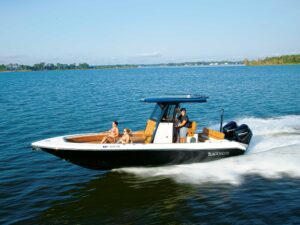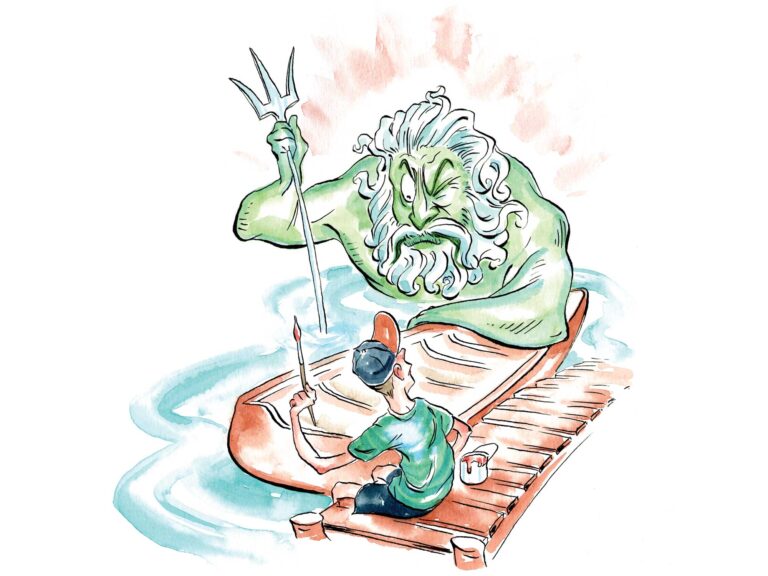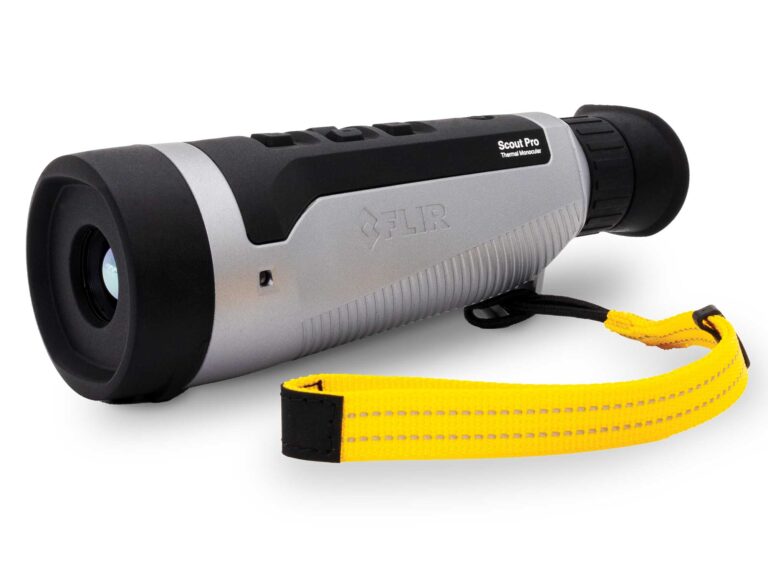As Hurricane Sandy came barreling up the coast toward my home waters (and also, scarily, my home), I remember being struck by a comment made by a meteorologist: This storm has the power to drastically reshape the coastline. The next day, it did.
The real tragedies of this storm included loss of life and home, not to mention weeks of hardship for many. But, as a boater, I also worried about my kindred spirits, those still with intact boats looking to escape the wreckage on land, because the water held its own peril, one that exists along every coast, storm or no. Sometimes when we’re on the water the channel marker is not marking the actual channel. Or it’s not there at all.
After Sandy came through, the National Oceanic and Atmospheric Administration immediately sent navigation response teams to scan the shipping lanes. By necessity, areas with little to no commercial traffic get secondary surveying status. As the U.S. Coast Guard noted in a post-storm notice for my area, “Mariners are advised to use caution when navigating all inlets on the South Coast of Long Island. Severe winds, tides, flooding and currents from Hurricane Sandy may have caused floating aids to navigation to become extinguished, off-station or missing. The Inlets may also have new shoal areas that are not marked by aids to navigation.”
So what do you do if you suspect there’s a sandbar where your chart shows a channel? First, check the U.S. Coast Guard website and read through its “Local Notice to Mariners” page (navcen.uscg.gov) to find out any navigation changes or warnings in your area.
If you have radar that overlays a chart plotter, you can match up the screens to see if the channel markers on the chart correspond with the reality on your screen. If you have new high-tech sonar tools such as Lowrance’s StructureScan HD, you can get precise returns to warn you of any drastic changes in depth or structure.
Your most reliable tools, though, do not require 12 volts — just maybe eyeglasses. In shallow-water areas where navigation may be tricky, learn to trust your eyes.
Experience teaches that you can discern shallow areas by reading the surface of the water. If wakes from passing boats build up in a certain spot, or even break, that’s a sign of shallow water. Look also for standing birds (duh) and wind ripples on the surface that could indicate a lack of depth. Shades of color also can show the contrast between the channel and the shallower waters to either side, so watch for drastic changes.
One of the worst things you can do is follow the guy in front of you. Don’t assume that he knows what he’s doing when he could be blissfully unaware of the new sandbar ahead. Throttle back and watch him, where his wake goes and how far he gets, then plot your own course.









